Few names hold more prestige in automotive design than Pininfarina. As one of the longest-running Italian coachbuilders, Pininfarina has shaped the styling DNA of some of the most iconic cars for over nine decades. Its timeless aesthetic vision revolutionized aerodynamics and proportions while introducing a new level of finesse blending art and technology. Today, Pininfarina’s philosophy continues to push boundaries driving the future of automotive aesthetics. 
The Pininfarina Standard: Beauty Through Aerodynamic Function
Since its 1930 founding by visionary Battista “Pinin” Farina in Turin, the company demonstrated a knack for gorgeous shapes that flowed elegantly through the air. As early as the 1937 Lancia Astura, it embraced science like wind tunnels while aesthetically sculpting every crease to balance beauty and physics.
This quest to perfect automotive forms through artistic aerodynamics crystallized into the golden Pininfarina standard that still awes today. No line or curve was arbitrary. Each enhanced experience for owners and drivers alike by reducing drag, wind noise and turbulence at speed. Between bespoke coachbuilt commissions and mass production partnerships, Pininfarina translated lush Italian creativity into automotive poetry in motion.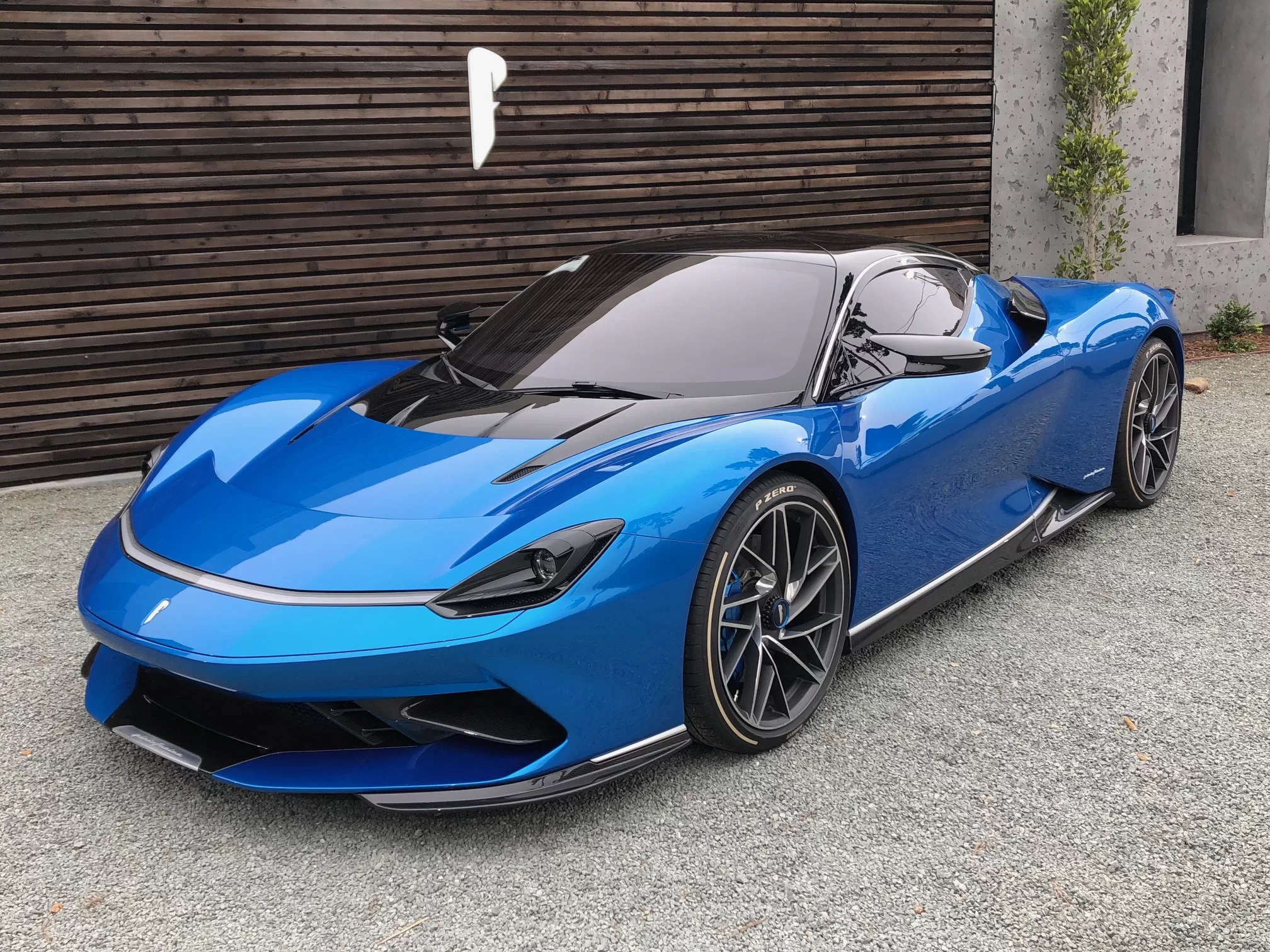
Postwar Elegance Personified for Alfa Romeo, Peugeot and Ferrari
After early notoriety styling Lancia marques, Pininfarina expanded quickly into Italy’s post-war renaissance through partnerships with automakers like Alfa Romeo, Peugeot and most famously Ferrari.
Pininfarina reunified functional minimalism with gran turismo elegance as postwar Europe rediscovered joyful indulgence through cars like the Peugeot 203 gliding down the Cote d’Azur. Its relationships also birthed icons like the 1955 Peugeot 403 bringing French families an attainable vision of breezy Italian sophistication.
However, it was the 70+ year creative alliance with Ferrari immortalizing Pininfarina designs as the definitive Prancing Horse aesthetic. Legendary Pininfarina-styled Ferraris including the 250 GT California, Testarossa, Daytona and F40 came to symbolize the brand’s perfect balance of sensuous Italian flare with extreme performance. Beyond distinct one-offs, it brought continuity uniting concepts like the intimate 1966 Dino and the 1986 F1 racer-for-the-road F40 into the same bloodline focused on functional beauty and uncompromising exhilaration.
Concept Cars Previewing Automotive Futures
Pininfarina also regularly flexed its Imaginarea design lab into dazzling flights of fancy visioning far-future transportation freed from production constraints. Spectacles like the 1968 Alfa Romeo Carabo, Ferrari Modulo, and Sintesi redefined how radical aerodynamic experimentation could reshape mobility aesthetics.
These futuristic concept cars didn’t just test styling ideas or mechanical innovations. They engaged the world in rethinking the greater relationship between man, machine and motion by tapping into peoples’ emotions and aspirations. In bridging this connection between rational technology and human dreams, it presented new paradigms through its showcases for discovering beautiful solutions to modern mobility needs.
Bespoke Commissions for Automotive Royalty
While Pininfarina helped scale Italian loveliness through mass production, exclusive bespoke commissions remained an exceptional showcase for its craft. Custom coachbuilt requests distilled patrons’ deepest connective ambitions into personalized automotive artistry.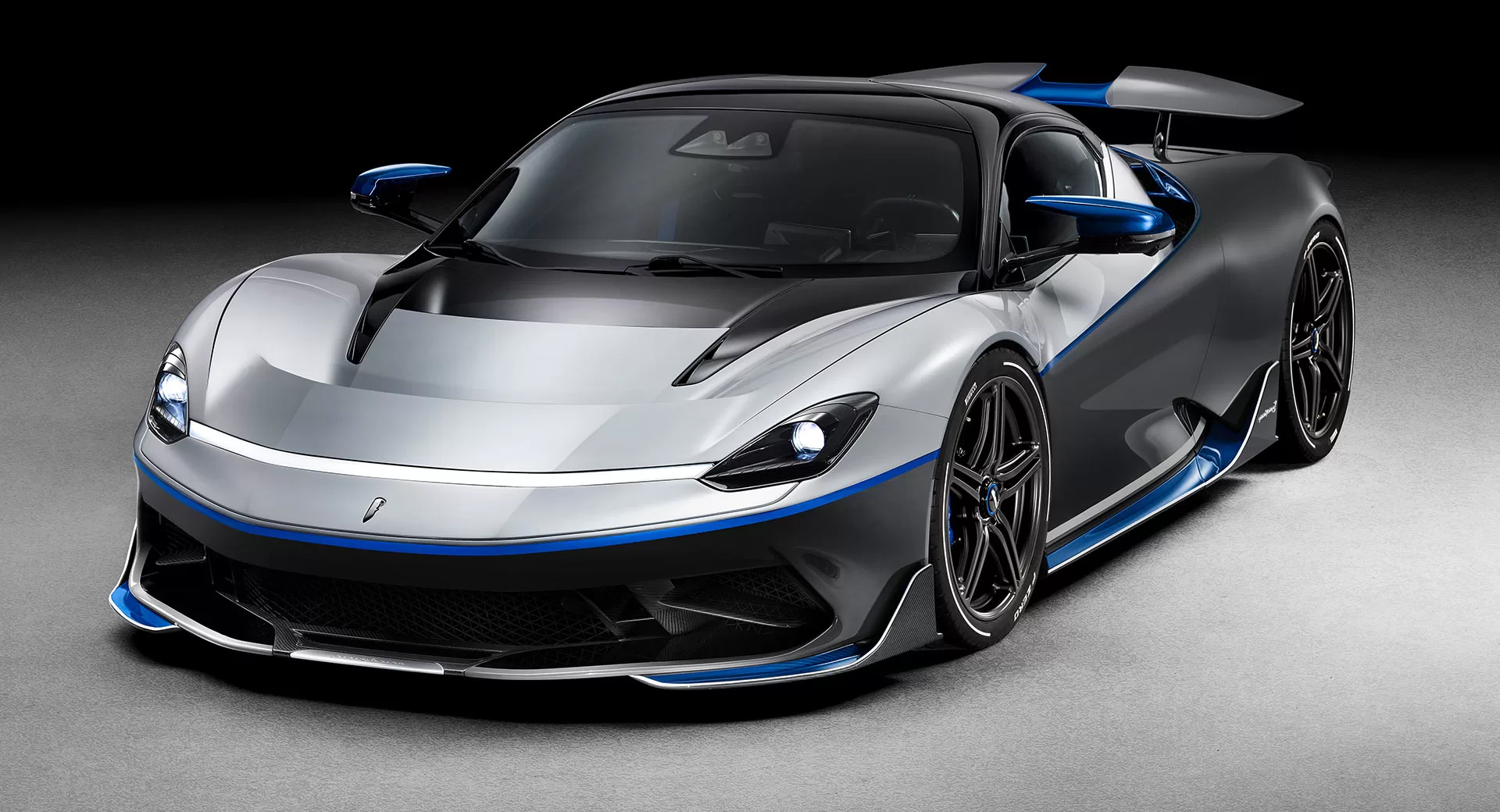
Over the decades, Pininfarina catered to royalty like the last Shah of Iran’s requesting a Mercedes 600 limousine into a land yacht conveyed his kingdom’s grandeur. Saudi sheiks tapped the design house to transfigure Cadillacs into opulent expressions of power and wealth.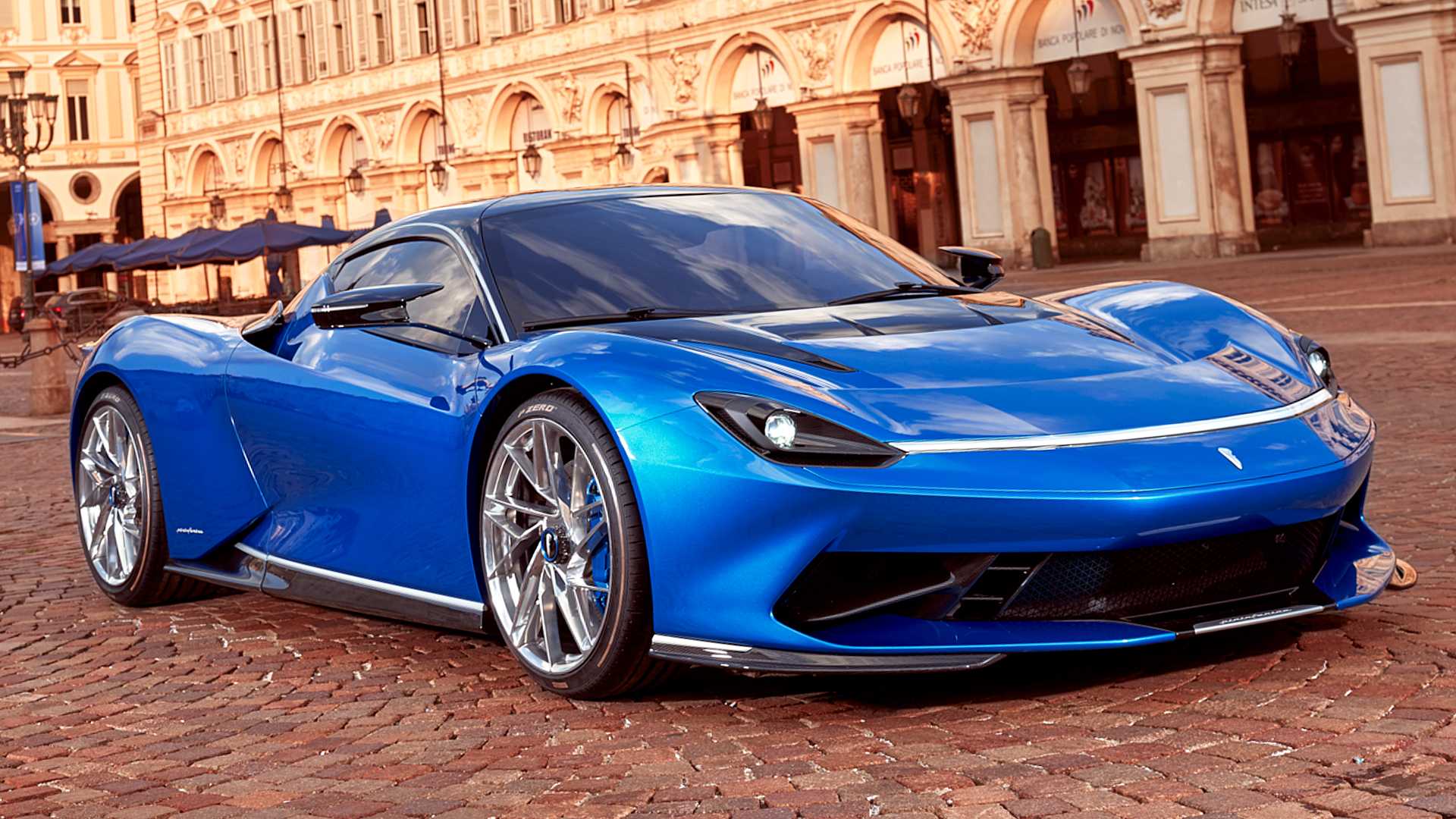
These exclusive patrons knew Pininfarina possessed rare talents and sensibilities for manifesting fantasy into functional sculpture. By channeling client dreams and lifestyle aspirations, Pininfarina responds with distinctive automotive couture tailored around the relationship between owner and automobile. Each unique commission reflects an inimitable mobility story communicating identity, status and personal philosophies into rolling art.
The Legacy Continues: Pininfarina Shaping Future Automotive Beauty
Ninety years on, Pininfarina keeps this heritage alive by evolving its trademark aesthetic balancing artistic soul and technological innovation into new frontiers. As crowds gather to admire Pininfarina-penned masterpieces at Pebble Beach Concours events yearly, so too does the atelier assure an intriguing future.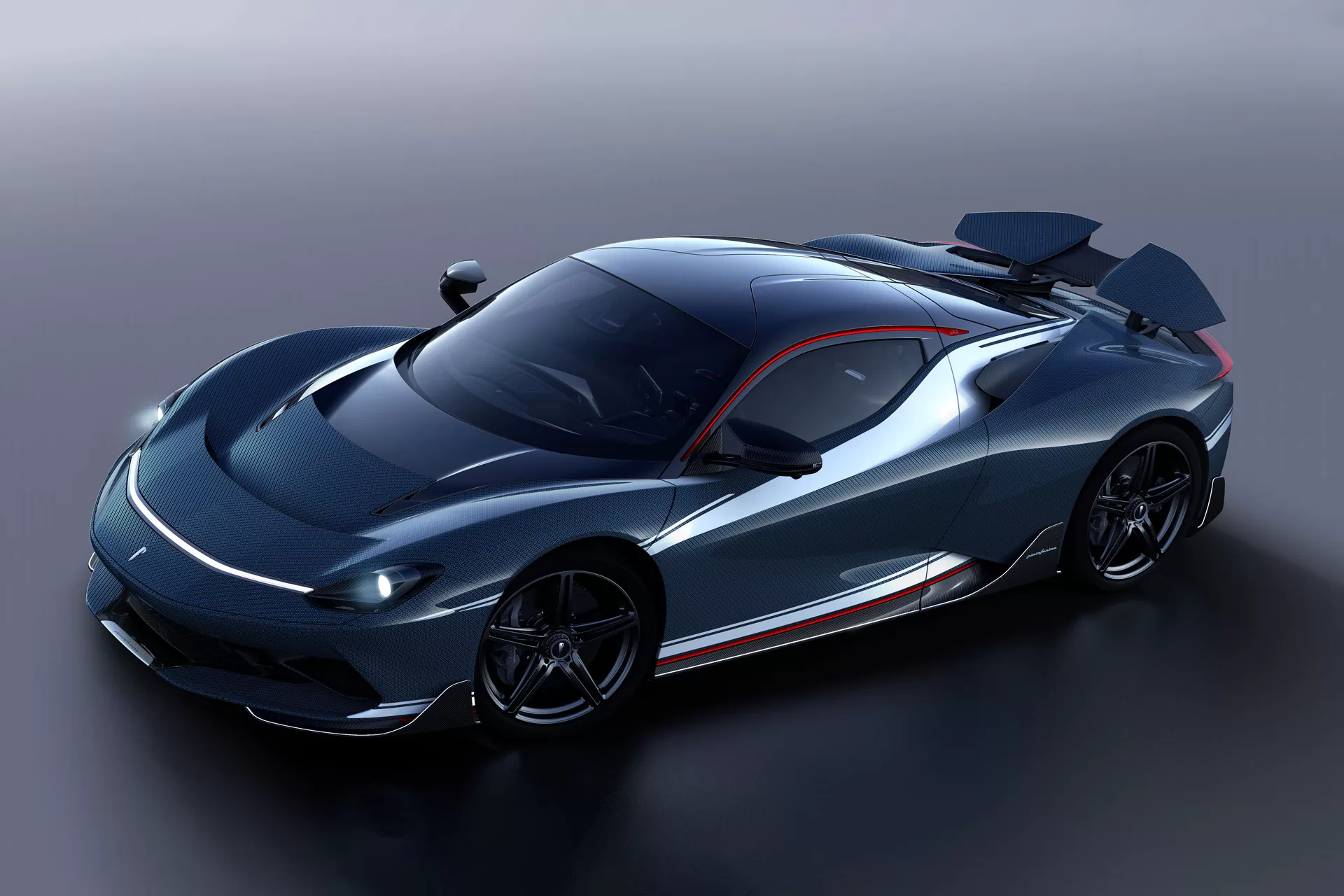
Recent concepts like the electric Hypercar Battista demonstrate Pinin breaking expectations using latest technologies. Its ongoing consultation shaping new mobility visions for clients from Croatia’s Rimac to Vietnam’s Vinfast prove age hasn’t slowed its creative vigor. Likewise, a return engagement revolutionizing Cadillac’s style confirms Pininfarina ingenuity remains inspiring.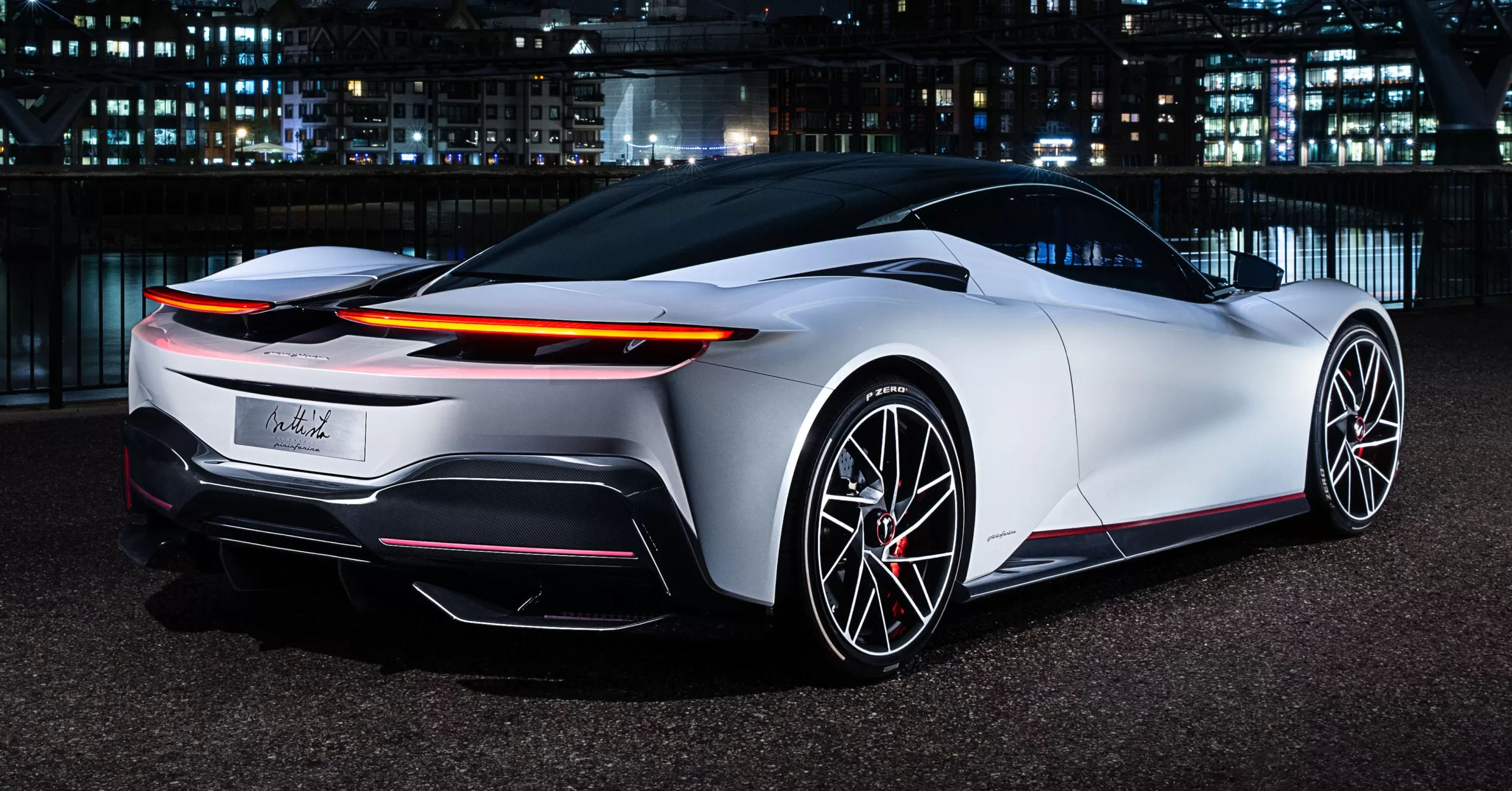
For close to a century across 4000+ completed designs, Pininfarina has bravely charted the challenging yet rewarding path of transforming utilitarian transportation into sensual kinetic sculpture. This enduring legacy innate within every line penned under its badge makes Pininfarina a pillar of human progress pursuing automotive beauty.




